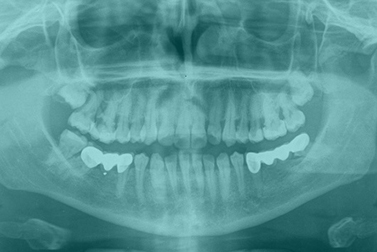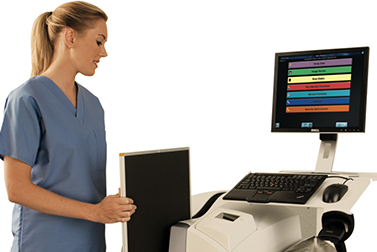Computed radiography (CR) cassettes use photo-stimulated luminescence screens to capture the X-ray image, instead of traditional X-ray film
. The CR cassette goes into a reader to convert the data into a digital image. Digital radiography (DR) systems use active matrix flat panels consisting of a detection layer deposited over an active matrix array of thin film transistors and photodiodes. With DR the image is converted to digital data in real-time and is available for review within seconds.
While both CR and DR have a wider dose range and can be post processed to eliminate mistakes and avoid repeat examinations, DR has some significant advantages over CR. DR improves workflow by producing higher quality images instantaneously while providing two to three times more dose efficiency than CR.
Digital X-ray films of different parts of the body are obtained. Most commonly these are of the chest, abdomen, kidney-ureter-bladder (KUB), spine and different bones and joints. We take radiographs of all parts of the body.



